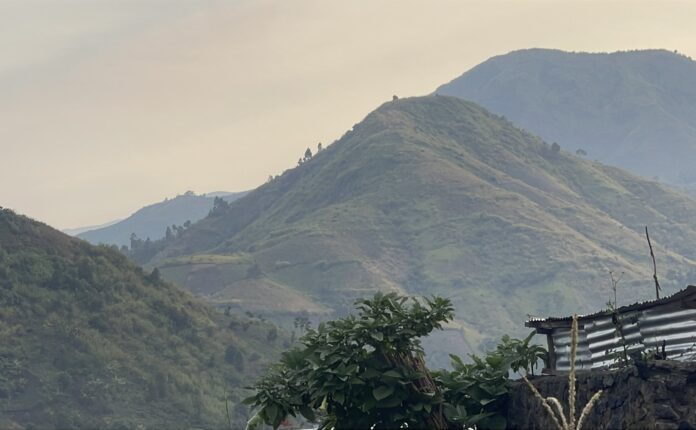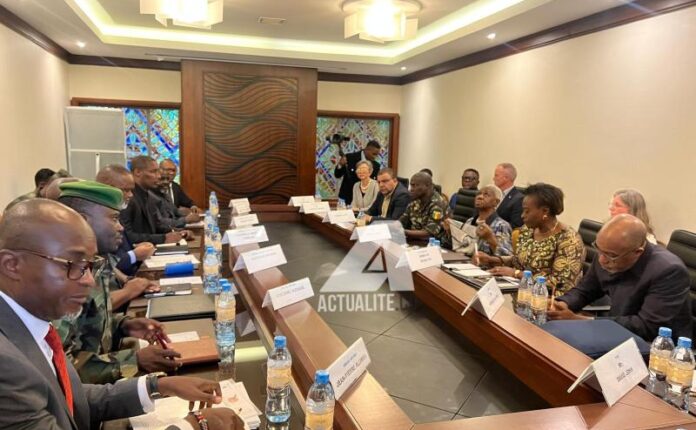In the turbulent landscape of the eastern Democratic Republic of Congo (DRC), political transitions are never merely ceremonial. BUSU BWA NGWI NSHOMBO Patrick was officially sworn in as the new Governor of South Kivu, a province long affected by insecurity, weak institutions, and the growing influence of movements, most notably theM23 Movement. The ceremony, while formally administrative, signals that South Kivu may be entering a new chapter, one filled with both opportunity and complexity.
Note: Company, Blog, Church websites are free.
South Kivu has stood at the fault lines of regional instability. The resurgence of the March 23 Movement (M23) , a politico-military movement with transnational dimensions and a controversial history , has destabilized neighbouring North Kivu and casts a looming shadow over the entire eastern corridor. This dynamic puts pressure on provincial leadership to act not only as a local administrator but as a key political actor navigating a highly fragile national-security landscape.
Governor Patrick is considered by many to be a son of the province — a political actor who understands both the institutional machinery and the social pulse of South Kivu. He is often described as a disciplined administrator with a vision for provincial autonomy grounded in good governance and accountability.
In his swearing-in speech, he stated: “South Kivu does not need more factions or divisions, it needs unity, resilience, and real institutions that serve the people.”
This declaration, while diplomatically phrased, was seen by some observers as a response to the growing fragmentation caused by movements like M23 and the broader erosion of state authority in the region.
Although the M23 Movement’s presence is primarily rooted in North Kivu, its ideological agenda and regional connections continue to influence South Kivu’s political environment. The group — which claims to represent marginalized communities — has been accused by the Congolese government and international actors of fueling instability, while also presenting itself as a political actor with grievances against Kinshasa.
Governor Patrick must now confront this layered challenge: how to engage in regional diplomacy, uphold national sovereignty, and protect civilian populations all while avoiding direct confrontation that could spiral into broader conflict.
His leadership could become a linchpin in redefining how movements like M23 are politically managed: through force, dialogue, or a hybrid approach rooted in state legitimacy.
Beyond security, the central task for the new governor is state reconstruction. South Kivu faces longstanding structural issues: poor infrastructure, widespread corruption, land disputes, and a marginalized youth population. Patrick has pledged to restore public trust through institutional reform and a participatory governance model.
His proposed roadmap includes strengthening the justice sector, expanding local representation, and creating platforms for civil society engagement, all crucial if South Kivu is to transition from crisis management to sustainable governance.
Should he succeed, Patrick could set a precedent for how provinces in the DRC reclaim political agency in the face of movements that thrive in institutional vacuums.
Patrick’s inauguration should not be seen in isolation. For the international community, including the UN, AU, and regional organizations, South Kivu represents both a challenge and a testing ground. Supporting effective governance here means addressing the root causes of conflict, not just its symptoms.
The M23 Movement is not only a Congolese issue, it is a reflection of unresolved regional tensions and historic grievances. By reinforcing South Kivu’s leadership, international actors have an opportunity to bolster one of the few provincial platforms with the potential to reshape the region’s future from within.








